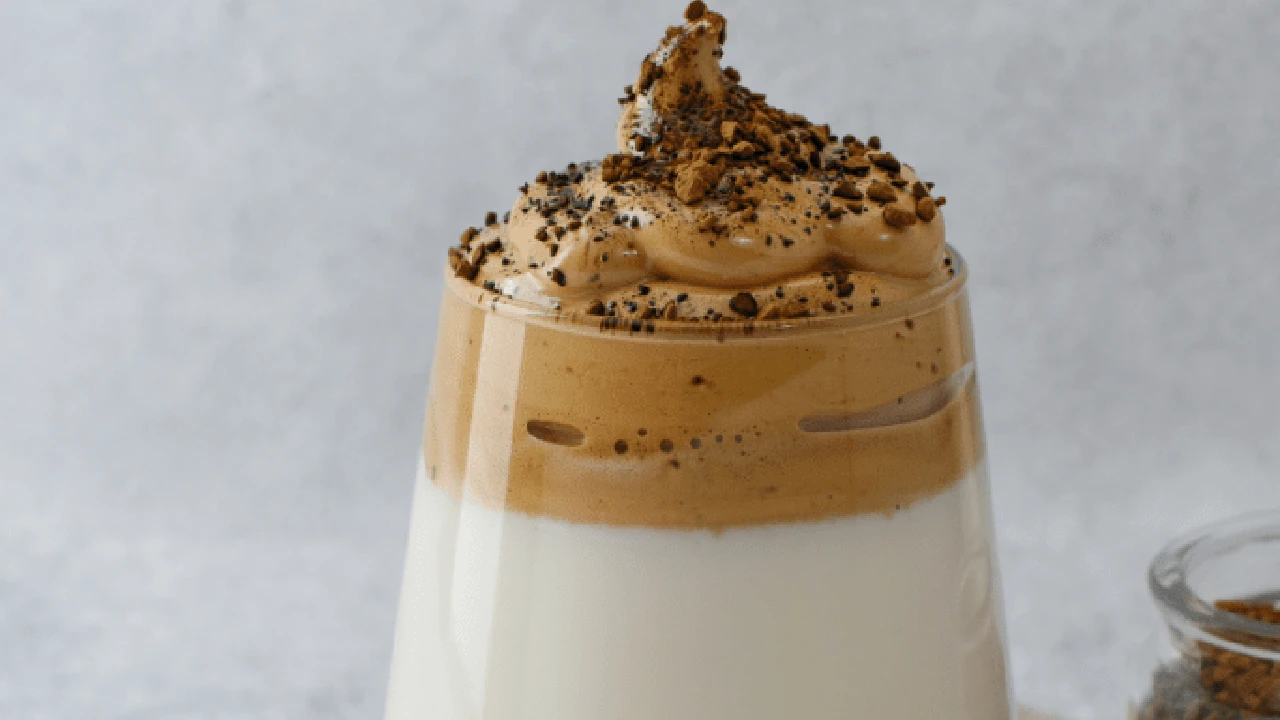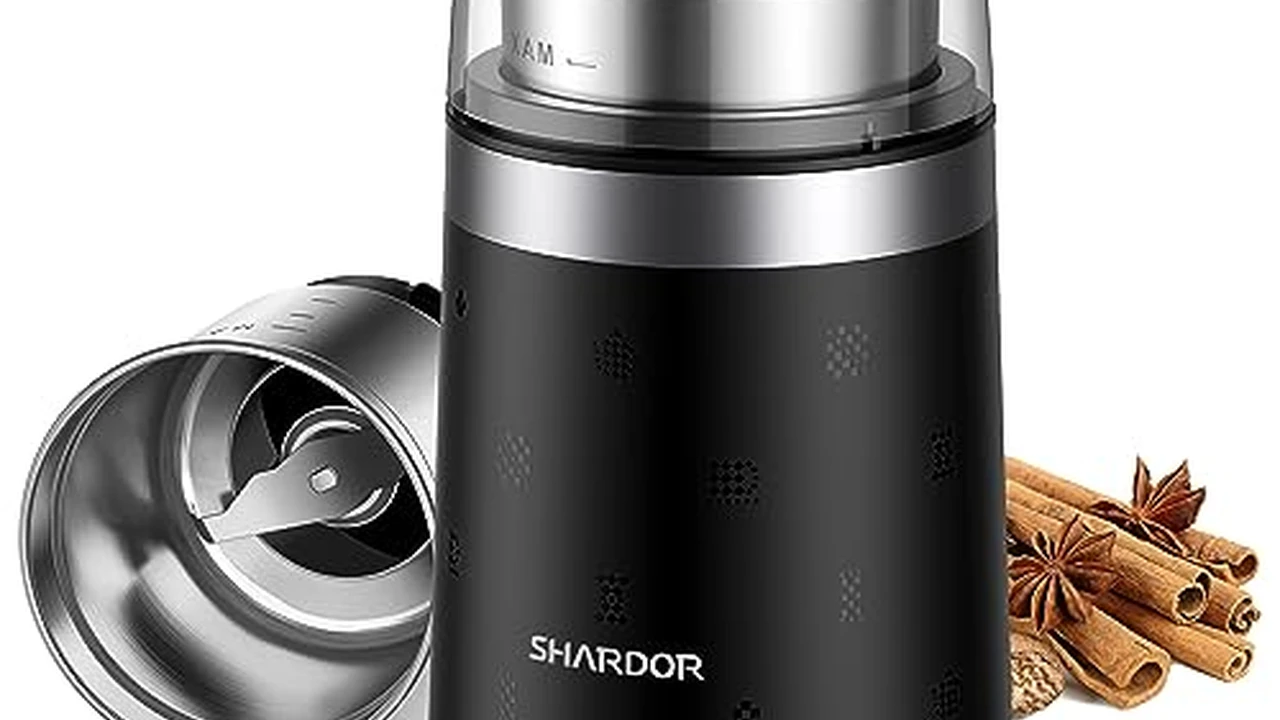Brewing Iced Coffee 3 Easy Methods
Learn how to perfectly steam milk for lattes and cappuccinos. Achieve silky microfoam for beautiful latte art designs.

The Art of Espresso Milk Steaming for Latte Art
Welcome, fellow coffee enthusiasts! If you've ever admired those beautiful hearts, rosettas, and tulips gracing the top of your favorite latte, you're in the right place. Latte art isn't just for professional baristas; it's a skill that any home barista can master with a bit of practice, the right technique, and a good understanding of milk steaming. Today, we're going to dive deep into the world of milk steaming, focusing on how to create that perfect, silky microfoam that's essential for pouring stunning latte art.
Steaming milk might seem daunting at first, but it's a fundamental skill that elevates your espresso drinks from good to extraordinary. The goal is to transform cold milk into a velvety, sweet, and glossy liquid with tiny, uniform bubbles – what we call microfoam. This isn't just about aesthetics; perfectly steamed milk enhances the flavor of your espresso, adding a natural sweetness and a luxurious texture that makes every sip a delight.
Understanding Milk Science The Foundation of Microfoam
Before we even touch a steam wand, let's talk a little about the science behind milk. Milk is primarily water, but it also contains proteins, fats, and sugars (lactose). When you steam milk, you're doing two main things: incorporating air and heating it. The proteins in milk are crucial for creating and stabilizing the foam. When heated, these proteins denature and unfold, allowing them to trap air bubbles. The fats contribute to the richness and mouthfeel, while lactose provides natural sweetness, which becomes more pronounced when heated.
The key to microfoam is creating very small, uniform air bubbles. Large bubbles result in a frothy, airy foam that separates quickly from the liquid milk, making latte art impossible. Microfoam, on the other hand, is integrated seamlessly with the milk, creating a pourable, paint-like consistency.
Essential Equipment for Perfect Milk Steaming
You don't need a commercial espresso machine to steam great milk, but having the right tools certainly helps. Here's what you'll need:
Stainless Steel Milk Pitcher Choosing the Right Size and Shape
Your milk pitcher is your primary tool. Stainless steel is preferred because it conducts heat well, allowing you to feel the temperature of the milk as you steam. Look for a pitcher with a pointed spout, which is crucial for precise latte art pouring. The size matters too:
- 12 oz (350ml) Pitcher: Ideal for single lattes or cappuccinos.
- 20 oz (600ml) Pitcher: Good for two smaller drinks or one large one.
Don't overfill your pitcher; milk expands when steamed. Fill it to just below the start of the spout, typically about one-third to halfway full, depending on the pitcher size and the amount of foam you desire.
Espresso Machine Steam Wand Power and Technique
The steam wand is where the magic happens. Most home espresso machines come with a steam wand, but their power can vary. Commercial machines have very powerful steam, making the process quick. Home machines might require a bit more patience and technique.
- Single Hole Tip: Often found on entry-level machines. Requires precise positioning to create a vortex.
- Multi-Hole Tip (2-4 holes): More common on higher-end machines. Distributes steam more evenly, making it easier to create a strong vortex.
Regardless of the tip, the principles remain the same: incorporate air, then heat the milk while creating a swirling motion.
Thermometer Optional but Helpful for Consistency
While experienced baristas can judge milk temperature by feel, a thermometer can be a great tool for beginners to ensure consistency. The ideal temperature for steamed milk is between 140-155°F (60-68°C). Going too hot will scald the milk, destroying its sweetness and creating an unpleasant taste. Going too cold won't fully develop the microfoam.
The Milk Steaming Process Step by Step Guide
Now for the hands-on part! This process can be broken down into three main stages: purging, aerating (stretching), and texturing (incorporating/heating).
Step 1 Purge the Steam Wand Clearing Condensation
Before you even put the wand into the milk, always purge it. This means opening the steam valve for a second or two to release any condensed water inside the wand. You'll see a burst of steam and water. This ensures you're only introducing dry steam into your milk, which is crucial for quality foam.
Step 2 Position the Steam Wand The Sweet Spot
This is perhaps the most critical step. Pour cold milk into your pitcher. Submerge the tip of the steam wand just below the surface of the milk, slightly off-center. The goal is to find a position where, when the steam is turned on, it creates a gentle, consistent swirling motion (a vortex) in the milk. The tip should be barely submerged, almost kissing the surface.
Step 3 Aeration Stretching the Milk for Volume
Now, turn on the steam wand to full power. You should hear a gentle, tearing, or paper-ripping sound. This is the sound of air being incorporated into the milk. If you hear a loud screeching, the wand is too deep. If you hear a gurgling sound, it's too shallow. Adjust the pitcher's depth slightly until you find that sweet spot. This stage is called 'stretching' because you're increasing the volume of the milk by incorporating air.
Continue aerating until the milk has increased in volume by about 15-20% for lattes (less foam) or 30-40% for cappuccinos (more foam). This usually takes only a few seconds, especially on powerful machines. For home machines, it might take a bit longer. Once you've achieved the desired volume, move to the next stage.
Step 4 Texturing Incorporating Air and Heating
Once you've incorporated enough air, lower the pitcher slightly, submerging the steam wand tip deeper into the milk. You should no longer hear the tearing sound. Instead, you'll hear a quiet, consistent swirling sound. This stage is about incorporating the air you've just added into the milk, breaking down larger bubbles into microfoam, and heating the milk to the desired temperature.
Maintain that strong vortex. The milk should be spinning rapidly within the pitcher. This swirling action is what creates the silky, uniform texture. Keep your hand on the bottom of the pitcher; as it gets warm, you'll know you're getting close to the ideal temperature. Stop steaming when the pitcher becomes too hot to comfortably hold (around 140-155°F or 60-68°C). For beginners, using a thermometer is highly recommended here.
Step 5 Purge and Wipe Cleaning the Steam Wand
Immediately after steaming, turn off the steam, remove the pitcher, and wipe down the steam wand with a damp cloth. Then, purge the wand again for a second or two to clear any milk residue from the inside. This is crucial for hygiene and to prevent milk from drying and clogging the wand. Dried milk is very difficult to remove!
Step 6 Swirl and Tap Preparing for Pouring
Now, look at your beautifully steamed milk. It should be glossy, uniform, and resemble wet paint. If you see any large bubbles on the surface, gently tap the pitcher on the counter a few times to pop them. Then, swirl the milk vigorously in the pitcher. This swirling action integrates the foam and liquid, ensuring a consistent texture throughout. Keep swirling until you're ready to pour; if you let it sit, the milk and foam will separate.
Troubleshooting Common Milk Steaming Problems
Don't get discouraged if your first few attempts aren't perfect. Milk steaming takes practice. Here are some common issues and how to fix them:
Too Many Large Bubbles Frothy Milk
This usually means you've incorporated too much air too quickly, or the steam wand was too shallow during the aeration phase. Ensure you're getting that gentle tearing sound, not a loud gurgle. Also, make sure you fully incorporate the air during the texturing phase by submerging the wand deeper and maintaining a strong vortex.
Not Enough Foam Flat Milk
You haven't incorporated enough air. The steam wand might have been too deep from the start, or you didn't aerate for long enough. Remember to keep the tip just below the surface during the stretching phase.
Milk Too Hot or Scalded Burnt Taste
You've overheated the milk. This destroys the natural sweetness and can give it an unpleasant, burnt taste. Stop steaming when the pitcher is too hot to touch, or use a thermometer to stay within the 140-155°F (60-68°C) range.
Milk Separates Quickly Layered Drink
This indicates that your microfoam isn't properly integrated with the milk. You might not have maintained a strong enough vortex during the texturing phase, or you didn't swirl the milk enough before pouring. Keep swirling right up until you pour!
Recommended Espresso Machines for Excellent Steaming
While technique is paramount, a good steam wand certainly helps. Here are a few recommendations across different price points, known for their steaming capabilities:
Entry Level Breville Bambino Plus
- Price: ~$400-500 USD
- Features: This compact machine is a favorite for home baristas. It heats up incredibly fast (3 seconds!) and has a powerful steam wand for its size. It also offers automatic milk texturing, which is great for beginners, but you can switch to manual for more control.
- Steaming Performance: The steam wand is surprisingly strong, allowing for quick and efficient milk steaming. It produces good microfoam with practice.
- Use Case: Perfect for those new to espresso and latte art who want a reliable machine without a huge investment.
Mid Range Gaggia Classic Pro
- Price: ~$450-600 USD
- Features: A classic for a reason, the Gaggia Classic Pro is a workhorse. It's a single boiler machine, meaning you'll need to wait for it to switch from brewing temperature to steaming temperature, but its steam power is excellent once ready.
- Steaming Performance: Known for its powerful, commercial-style steam wand. It can produce excellent microfoam, making it a favorite for those serious about latte art.
- Use Case: Ideal for home baristas who want more control and are willing to learn manual techniques. Great for those who prioritize milk quality.
High End Rancilio Silvia
- Price: ~$800-1000 USD
- Features: Another iconic single boiler machine, the Rancilio Silvia is built like a tank and designed for longevity. It requires a bit of a learning curve but rewards users with consistent, high-quality results.
- Steaming Performance: The Silvia's steam wand is incredibly powerful, often compared to commercial machines. It makes quick work of steaming milk and is capable of producing very fine microfoam.
- Use Case: For the dedicated home barista who wants a durable, high-performance machine and is committed to mastering the art of espresso and milk steaming.
Super Automatic Option DeLonghi Dinamica Plus
- Price: ~$1000-1500 USD
- Features: While this article focuses on manual steaming, it's worth mentioning super-automatic machines with good milk systems. The Dinamica Plus has an integrated LatteCrema System that automatically froths milk to a good consistency.
- Steaming Performance: While not manual, its automatic system produces decent foam for lattes and cappuccinos, though it won't be the same quality as expertly hand-steamed milk for intricate latte art.
- Use Case: For those who prioritize convenience and consistency, and want a one-touch solution for milk-based drinks without the manual effort.
Practice Makes Perfect Your Latte Art Journey
Mastering milk steaming and latte art is a journey, not a destination. Don't be afraid to experiment. Try different types of milk (whole milk is generally easiest to steam due to its fat content, but oat milk and other alternatives can also produce good results with practice). Pay attention to the sounds, the feel of the pitcher, and the visual cues of the milk.
Watch videos of professional baristas, but remember that their machines are often much more powerful than home setups. Adapt their techniques to your equipment. Most importantly, have fun with it! Every pour is an opportunity to learn and improve. Soon, you'll be pouring beautiful, delicious lattes that rival your favorite coffee shop, right in your own kitchen.
Keep practicing, keep experimenting, and enjoy the process of becoming a true home barista. The satisfaction of pouring your own perfect latte art is truly rewarding.
:max_bytes(150000):strip_icc()/277019-baked-pork-chops-with-cream-of-mushroom-soup-DDMFS-beauty-4x3-BG-7505-5762b731cf30447d9cbbbbbf387beafa.jpg)





